Insight from the Croatian Youth National Football Team – Part 2
In second part of this article series, we will focus on the programming methods that guided our approach during training camps, the structure and purpose of our gym work, and the testing strategies we used to monitor player readiness. These elements are key to ensuring that players are not only prepared for the demands of competition but are also able to recover and adapt effectively throughout the camp. By integrating the Circular Causality model into our programming, we were able to adapt to each player’s needs, manage their training loads, and optimize performance during each session.
5. Programming
Circular Causality model
When coming to programming we closely followed the model of Circular Causality during our initial camps because we didn’t fully know how the players would respond to the training stimuli at first. However, as we progressed through more camps, the process became more streamlined and effective with repeated application.
Breakdown of the Process:
- Current State: Evaluate each player’s physical state and readiness before any session.
- Dose: Implement the appropriate training load based on their state and needs.
- Response: Monitor their performance and recovery, assessing how they respond to the training.
- Current State (Post-Session): Reassess their condition after the session, noting improvements or fatigue.
- Perform
- Repeat: This cycle continues, helping us refine training loads and recovery strategies with each camp.
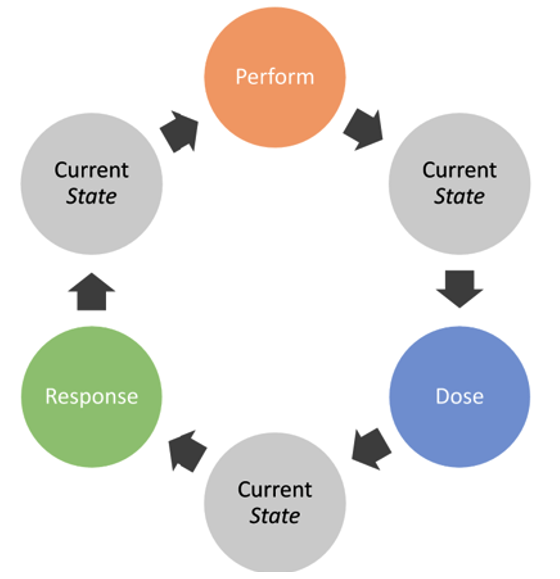
Figure 7. Circular Causality Model in performance (Mladen Jovanović, 2020)
I used this model without really understanding it at first. In the end, it turned out that this way of thinking formed the core of my reasoning process for conditioning preparation and working with teams and athletes.
The foundation of this programming leans heavily on the match schedule. Each day is structured with a specific tactical theme that influences the team’s approach and, as a result, has a particular impact on the players’ bodies. The main information we used for planning training days was based on how many days we had until the first game and the number of days between two games, which determined the duration of the microcycle.
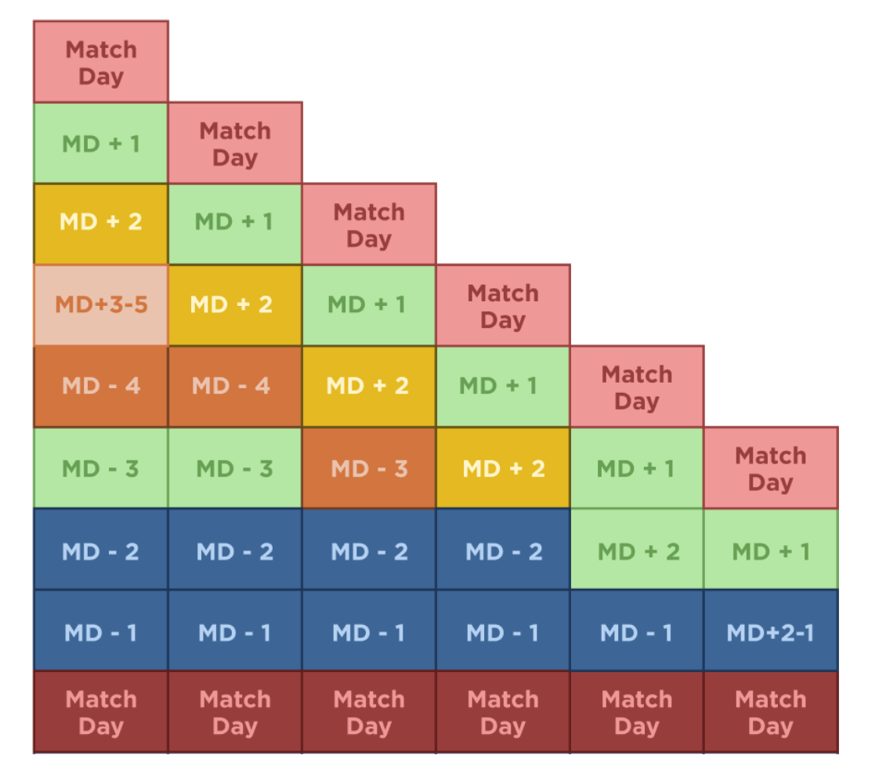
Figure 8. Types of days according to duration of microcycle and days between matches
Each day spent in camp has its own structure that describes it. This structure includes the main training goal, primarily the tactical objective, which dictates the content that will be used. Furthermore, the content with its defined parameters shapes the players’ reactions—whether subjective or objective, internal or external—which will influence my selection of the content I will use for preparation before training or as a recovery method. For example, if the main part of the training involves a possession game with a focus on our behavior when we are out of possession on medium-sized pitches, my pre-training activities might focus more on activation and preparation of the adductor and hip flexor regions, as well as preparing and recovering the patellar tendons after the session. In this, I rely heavily on GPS technology and it variables.
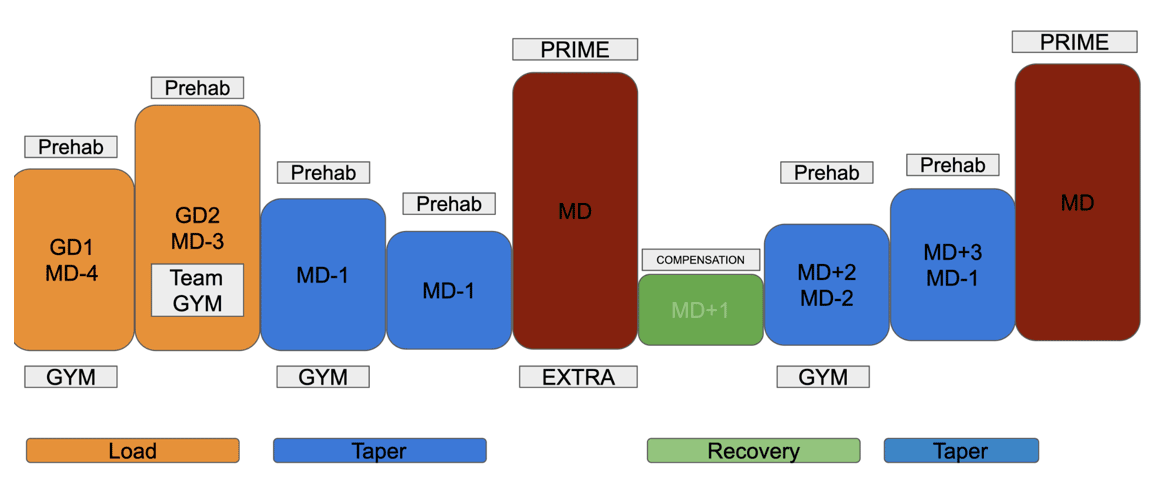
Figure 9. Typical 9 day cycle during national team camp
(MD-4: 4 days before the match; MD-3: three days before the match; MD-2: two days before the match; MD-1: one day before the match; MD: Match day; MD+1: one day after the match; MD+2: two days after the match;MD+3: three days after the match)



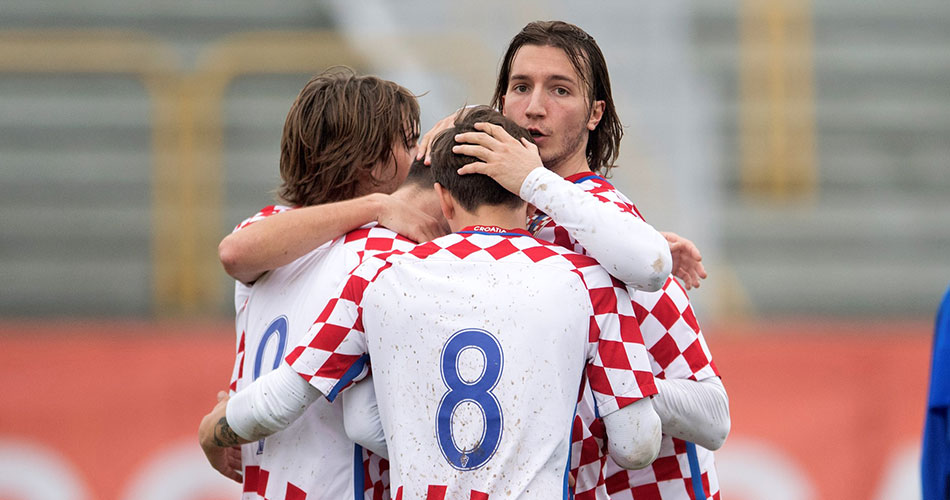
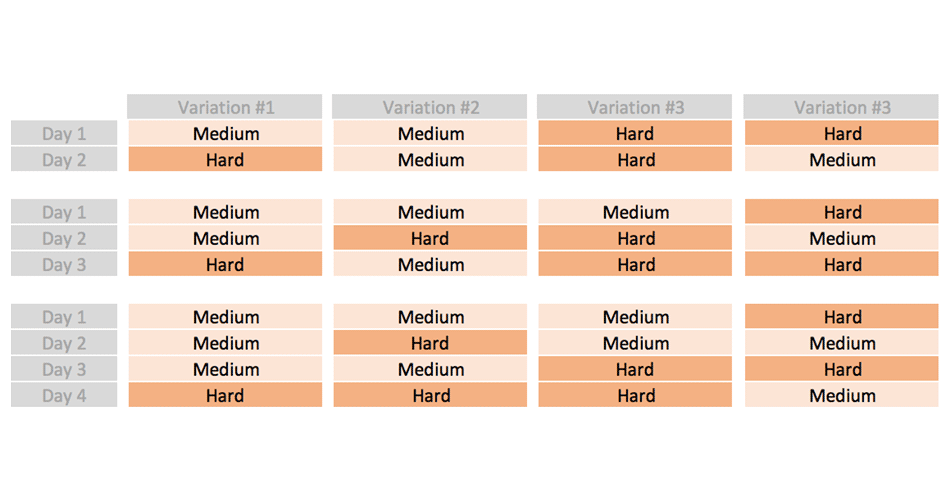






Great post! I can’t wait for the next one; this one had plenty of useful information and ideas that could be implemented in a club.
Hi Djordje,
Thank you so much for the positive feedback! I’m glad to hear you found the post useful and that some of the ideas could be implemented at a club level. The next part is coming soon, and I hope it brings even more valuable insights for you. Stay tuned, and feel free to reach out if you have any specific questions or want to discuss any of the topics in more detail!